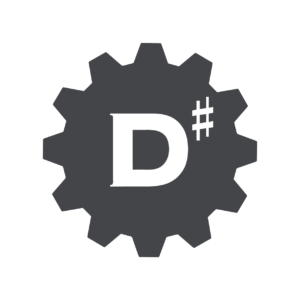Online DSharp Studio Upgrade Course
Description
The new Analysis Engine in DSharp Studio analyses your model and reports errors and warnings as well as gives you suggestions about how to configure the model. Some errors are critical, and the DW conversion will not continue for classes having critical errors until these have been sorted out. Hence, depending on your model, upgrading DSharp Engine to DSharp Studio may require some model maintenance tasks in order to get the DW conversion up and running again. Once this is done as a one-time chore, you will find that going forward, the Analysis Engine will make your work easier and your models better than before.
Upgrading provides you with a good opportunity to go over your model and fix modeling inconsistencies. Some of these may change the underlying implementation (for example, changing key type from non-business key to Business key will create a new hub that wasn’t there earlier), and you will need to handle that implementation change case by case.
You can also choose not to make breaking changes in the model, only set the parameters in such way that the issue is solved, after which DSharp Studio will produce the same end result as DSharp Engine. This minimises technical work and associated risks, but your model (up to this point) will still be of lesser quality.
Who should attend
Developers facing the task of upgrading to 5.0 with an existing install base.
Content
- Overview
- Critical errors and alternatives for handling them
- Hands-on cases with example model and database
Details
Any existing installations generated with DSharp Engine are already guaranteed to pass most of the critical tests, but there is a small number of new analysis cases that DSharp Studio deems critical. We’ll walk through the most common critical errors expected to be found in an already deployed model, and some alternatives how to fix them. Typically the same critical error can be solved exactly the same way in all cases, and the number of distinct error types found in a project is usually not particularly big.
Preparations
- No preparations needed
Price
330 € + VAT per attendee
About The Instructor
Kim is a software developer at heart, thrown into the zero-reusability world of Data Warehousing in the turn of the century. Before Data Warehouse Automation even had a name, Kim had implemented an automated DW tool that went into production as early as 2006, gaining Data Vault support in 2009, including both automatic DV structure and load procedure generation using only a conceptual model as input.
Kim is all for not doing unnecessary manual work, and believes in developing automation in order to both make life easier for developers as well as standardizing the automated end result. Kim also enjoys developing manual working methods so that they are consistent and algorithmic to such a degree that they become natural candidates for further automation, and so, in small increments, less truly becomes more. Many data professionals refer to Kim as the Main Automator in Finland.
Kim has worked as a lead consultant in numerous demanding BI and Data Platform projects during his career, including designing the Finnish National standard Education segment data model. He has also trained over a hundred professionals.
Kim has a Master of Science degree in Computer Sciences, and is also a Certified Data Vault 2.0 Practitioner.

